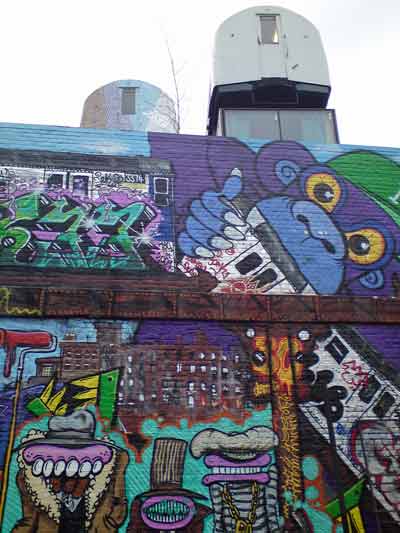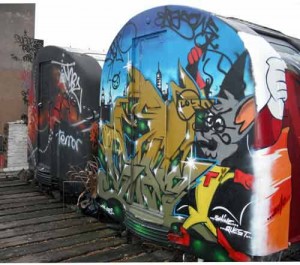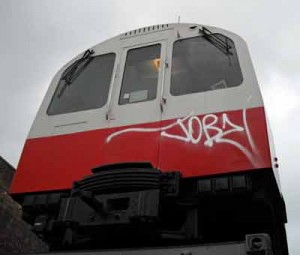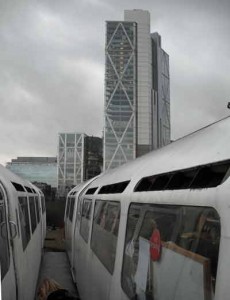I wrote quite a bit in a short time up until the last Saturday workshop — around 7,000 words of the beginning of ‘The Angel — two sizeable chapters or perhaps three or four shorter ones. I tend to like shorter chapters myself when I’m reading a book — it leads to a feeling of having achieved more as a reader. However, the style I’ve written in tends to change point of view between James and Kim (in fact for the first chapter more than POV — the whole scene changes as they are apart). That might make for chapters that are too bitty or too obviously in parallel. No need to worry so much about that at the moment, though.
I also wrote about 4,000 words for Swan Supping — mainly a walk and the Beer Diet attached to a previous post — and submitted a 3,500 word assignment for my MSc. (However, there is a serial called ‘The Gravediggers’ Arms’ in Swan Supping, now in its fourth part, by a Charlie Mackle that concerns someone called James taking over a pub — a bit of a protoype for ‘The Angel’.) This probably came off worst in terms of quality. I’ve had it marked and got 60%, which is ok, but based on initial comments from my supervisor I’d hoped to bullshit a bit more effectively but she’d found me out in places and I realise I’ll need to put more time into the next one, which actually counts towards the course marks. Even so, I suppose I’ve taken the first steps to doing it, which is probably the biggest obstacle in these sort of things.
Given that about 3,000 words of The Angel’s extracts were written a week or two before then that’s about 11,000 words done in the space of just over a week. Since then I’ve found it quite difficult to get myself going again. I note from Bren Gosling’s latest blog post (that I note enviously was written from Sicily) that he’s also finding it difficult to start up again after the culmination of last term. In an effort to re-invigorate myself I’ve gone back and looked over the comments that coursemates made on the scripts of the extracts I read for my third reading, back at the end of February. That was two scenes — one of James and Emma looking over a spreadsheet about finances and one the fire scene with James and Kim. The comments were, without exception, really supportive and generous. Some queried a few practical things (volume of fire alarm, is dopamine a hormone? and so on) and made some constructive suggestions. A few comments recurred among several readers — ‘dialogue is always one of your strengths’, ‘the characters’ voices seem real’, ‘believe in the finance speak’, ‘fast-moving’, ‘a page turner’, ‘want to find out what happens next’, ‘deft and sly humour’ and there was also one comment that praised the prose, which I particularly liked as the writing wasn’t particularly showy in those sections. Most comments said this was the best section yet and how it was hitting its stride — which makes it all quite infuriating to find it quite difficult to make myself sit there and grind out more of it unless I have some deadline looming.
I’ve rewritten the ends of the two threads from James and Kim’s POV inside the tub carriage where he turns up on the morning he’s been fired to pay £500 for a painting that she tried to sell for £1,000 the night before at a viewing. This was the end of the chapter I submitted to Alison as my supposed 4,000 novel opening (it’s more likely to be the end of chapter one and start of chapter two). The rewritten part is just practical scene-setting for the 1,000 or so words I’ve managed since then. These, in themselves, tend to set up the rest of the day, which will be the long-anticipated bender (subject to much procrastination in writing terms). He’ll find out she’s in serious debt and she’ll reveal she makes ends meet by working some shifts in a pub (hardly on international art collector circuit money). I’ll also try to describe how Kim looks. It’s important that she’s not too good-looking but she has to have the capability of developing into someone he does find very attractive in the end (Jane Eyre similarities again). She’s also got to look fairly good from a distance in a soft-focus sort of way (I have some plot ideas about this) so he’ll get close up to her and find a few off-putting things like imperfect complexion, unhealthy pallor, bony face exaggerated by piercings and so on — all stuff that can gradually melt away. Â
The bender scene will also pack in quite a lot of character exposition. I’m hoping I can get away with this by moving fast from location to location but I do have concerns that I’ll have perhaps an opening 15,000 words or so that almost entirely concentrates on the two principal characters over a period of about 30 hours in London. I raised this at my tutorial with Alison a week last Saturday and she seemed to think it was ok. I’ll end up following this introduction with an extended time period during which the two characters team up and build up their business, which will be quite a contrast. However, there will be quite a nice symmetry in that I plan the ending to be in London with a similar fast pace, though I may have to insert extra plot elements to bring it up to anything like 15,000 words.
Speaking of Alison’s tutorial, I specifically asked in advance about some concerns that I had and she replied in pencil on a printout of the e-mail in amusingly laconic fashion. ‘Is the scene with James fast-moving enough? ‘ [YES] ‘Are the ones with Kim on her own too slow?’ [OK — WITH EDITING — NB. I’m personally still a little concerned about these being static especially when I continue the action later in Village Underground.] ‘I’ve intercut the two threads in this extract and wonder whether this is a valid approach.’ [YES] ‘I’m also interested in what you make of the location for Kim — it’s a bit unusual but is it clear?’ [YES — GREAT]. And the real paranoid ‘is it any good question: ‘Overall, would this set up a story that readers would be interested in?’ [YES]. So I take all that as not a bad endorsement and really a call for myself to bloody get on with it.




